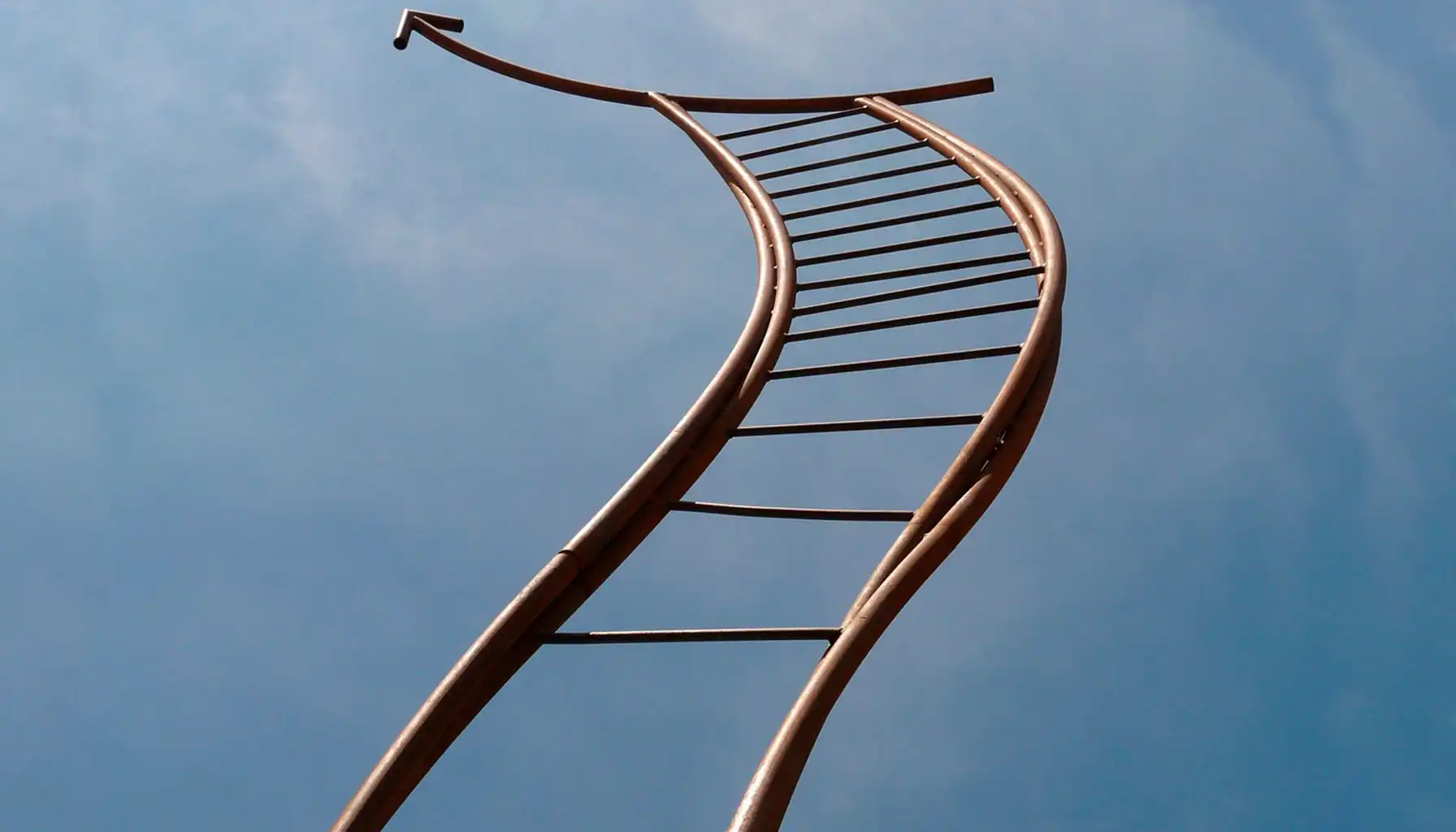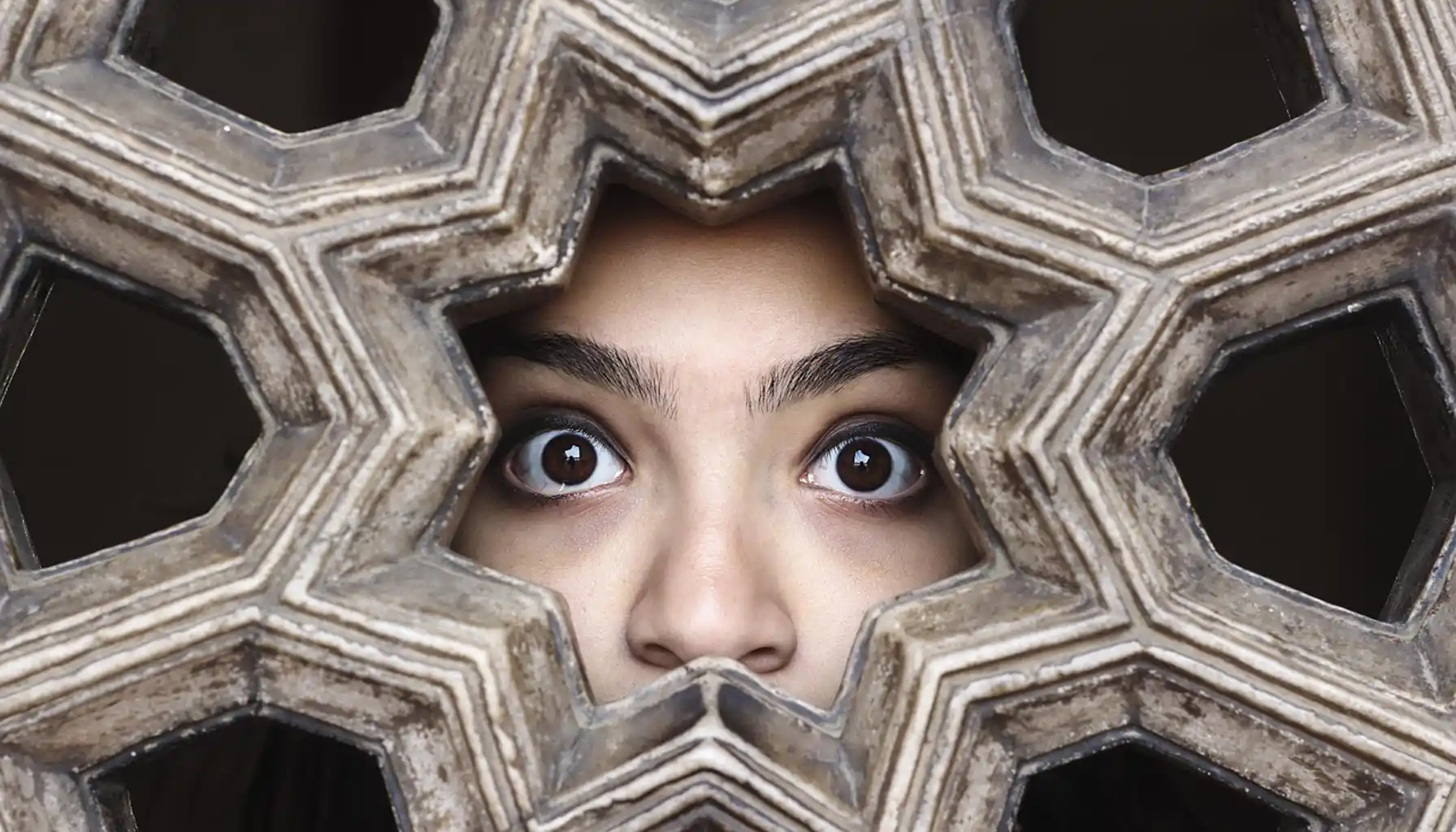Contents:
People often wonder: what is the fear of gravity called? The correct term is barophobia. In everyday speech, you can also find the phrase the fear of gravity, which reflects the same essence. This is a rare and little-studied fear associated with the force of gravity. For a person suffering from this condition, ordinary things - falling objects, climbing stairs, or even the thought of space - can cause severe anxiety.

Memory exercises help develop attention and cognitive flexibility - qualities that are needed by anyone who encounters unusual psychological phenomena.
Barophobia Meaning and Definition
Barophobia meaning in psychology describes a rare but serious type of phobia - an irrational fear associated with the force of gravity and its impact on a person. The term itself comes from two Greek words: baros ("weight, pressure") and phobos ("fear").
Barophobia definition is classified as a specific phobic disorder within the category of anxiety disorders. Unlike more common fears, such as fear of insects or enclosed spaces, barophobia affects a fundamental sense of safety, because gravity is a force that acts constantly and everywhere.
What is Barophobia a Fear of?
To understand this phobia, it helps to start with a simple question. It’s not a fear of a specific object, such as a dog or a confined space. The person is afraid of the idea of gravity itself.
Examples of typical fears:
falling objects and possible injuries;
destruction due to collapse or sliding of heavy structures;
one's own fall from a ladder or height;
an imaginary scenario where gravity disappears and the body "flies" into emptiness.
discomfort when watching movies about space or zero gravity;
a feeling of vulnerability even in familiar settings, like at home or walking outside.

Symptoms of Barophobia
Like other phobias, this condition combines psychological and physical manifestations.
trembling, sweating, rapid heartbeat;
shortness of breath, dizziness, nausea;
a feeling of derealization, when the world seems “unreal”;
panic when watching movies about space or even when discussing the topic of gravity.
Barophobia, the fear of gravity, becomes an obsessive thought that prevents a person from leading a normal life.
Causes: Why Does It Develop?
Phobia is indeed rare, but there are factors that increase the likelihood of its development:
Family history of anxiety disorders. If close relatives have had phobias or panic attacks, the risk is higher.
Genetic predisposition. Scientists suggest that certain gene variants may influence the nervous system's response to stress.
Trauma. A serious fall, a cave-in, a car accident, or even being hit by a heavy falling object.
Experience with other phobias. People who have previously experienced other specific phobias, such as fear of the dark, acrophobia (fear of heights) or bathmophobia (fear of stairs) are more vulnerable.
Age. Teenagers and young adults tend to be more sensitive to stress, so phobias develop faster.
Sometimes a phobia arises through cognitive distortions: a person begins to overestimate the force of gravity, imagining it to be destructive.
Steps to Diagnose Barophobia

At the moment, there are no laboratory or medical tests that could confirm this diagnosis. The main tool is a conversation with a psychotherapist and observation of a person's behavior.
When diagnosing, a specialist evaluates:
how much the fear limits daily life (e.g. avoiding travel, avoiding public places, reducing social activity);
is there a connection between anxiety and specific gravity-related triggers;
how much the person recognizes that their fear is irrational, but still can’t control it.
The key question during the consultation is: what is barophobia a fear of? The patient's answer helps to clarify that the phobia is directed specifically at the force of gravity, and not at heights, open spaces or closed rooms.
Sometimes additional methods are used to make a diagnosis:
psychological questionnaires for anxiety levels;
scales for assessing the degree of avoidance (how much a person changes behavior for the sake of “safety”);
exclusion of other disorders, such as generalized anxiety or panic disorder.
Treatment Approaches
Cognitive Behavioral Therapy (CBT)
The work focuses on recognizing and changing irrational beliefs. The patient learns to notice “thinking traps” (such as exaggerating the risk of falling) and replace them with more realistic assessments. Often includes keeping a thought journal and practicing exercises to reinforce new behavior patterns.
Exposure Therapy
The gradual habituation method: the therapist gently introduces triggers into the patient's life. In the early stages, this may be looking at photographs or discussing space-related topics. Later, practical tasks such as watching falling objects or visiting safe places with heights (for example, an observation deck with a fence). This approach reduces sensitivity to fear step by step.
Hypnotherapy
With the help of hypnosis, a therapist can help uncover hidden memories and emotional reactions linked to past trauma. This is not an independent method, but an additional tool: insights obtained in a trance are often discussed later as part of cognitive therapy.

Medication
Doctors may prescribe antidepressants or anti-anxiety medication as support during active therapy. The medications help reduce anxiety, stabilize sleep, and improve concentration. They are used for a limited time so that the patient has the opportunity to fully engage in psychotherapy.
Fear of Gravity Reversing
A rare variation is the fear of gravity reversing. People are afraid not only of gravity, but also of its disappearance. The thought that they can “fly away into space” causes real horror.
This type of fear is often accompanied by vivid imaginary scenes: a person imagines how he is suddenly lifted into the air, how objects around him begin to hover or fly away into outer space. These pictures are so real for the psyche that they trigger a real panic attack.
Complications
Without treatment, the fear of gravity can get so severe that a person avoids leaving their house. Panic attacks, social isolation, alcohol or drug abuse are possible.
In addition, sometimes deviant behavior develops behavior in which a person builds his life around avoiding imaginary danger. This can be expressed in the refusal of work associated with travel, in excessive spending on "protective" measures, or in the creation of rituals that give the illusion of safety.
Management and Self-Help
Several strategies can help people with barophobia manage their anxiety and feel more in control of their lives:
Regular physical activity. Moderate exercise — yoga, swimming, jogging, or just walking —helps balance stress hormones and improves overall mental health. Even 20-30 minutes of movement a day can reduce anxiety.
Breathing practices. Conscious breathing using the “4-7-8” technique (inhale for 4 counts, hold for 7, exhale for 8) reduces heart rate and helps cope with panic. Can be combined with meditation or music.
Participation in support groups. Connecting with others who face similar phobias helps you feel less alone. These meetings provide participants with the opportunity to share experiences and discuss effective working methods.
Educational programs. Learning how gravity actually works can dispel the myths behind the fear. Lectures, books, or documentaries can help you look at the problem rationally.
Keeping a diary. Writing down anxious thoughts and reactions helps you track triggers and see your progress.

The Table. Symptoms and Approaches to Therapy
Symptom | Description | Treatment approach |
Panic and rapid pulse | Sudden attacks of fear | Cognitive therapy |
Shortness of breath, nausea | Physical manifestations of anxiety | Breathing techniques |
Avoidance of situations | Refusal to climb stairs | Fly exposure therapy |
Obsessive thoughts about gravity | Constant anxiety scenarios | Medications, hypnotherapy |
Understanding and recognizing barophobia are the first steps toward recovery. If you or any other people you love are experiencing the symptoms described, you should go to a specialist who will teach you how to regain control and diminish anxiety.





